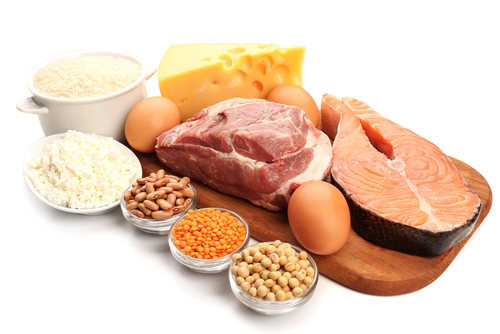
It's supper time and the smell of freshly baked cookies starts to fill the house. Amazingly, this is all it takes for your body to begin the digestive process. As the smell of food reaches your nose, your mouth will start to salivate in anticipation of eating and digesting the food, and here is why:
Digestion is the process of breaking down food into small soluble molecules that our bodies can absorb. There are several organs involved in the digestive system; however, we could not digest our foods if it wasn't for the presence of special chemicals called enzymes. Each enzyme is produced in the pancreas, with its own job to do and a specific food type to help break down.
Carbohydrates

If you chew a piece of bread for long enough it will actually start to taste sweet (try it at home if you don't believe me!). This is because the starch in the bread is being broken down into sugars, thanks to the enzymes in the saliva.
Starch is broken down in the mouth, stomach and small intestine by the enzyme amylase.
Proteins

Proteins are broken down into small molecules called amino acids. The digestion of proteins occurs in the stomach and small intestine, with the help of the enzyme protease. The acid in the stomach also helps digestion.
Fats
Fats are broken down into small molecules called fatty acids. The digestion of fats occurs in the small intestine with the help of the enzyme lipase.
Other foods
Vitamins, minerals and water are all small enough to be absorbed into the body without being digested.
Some fibres, however, cannot be broken down by any digestive enzyme, which is why they are not digested.
Let's have a go at some questions now.









